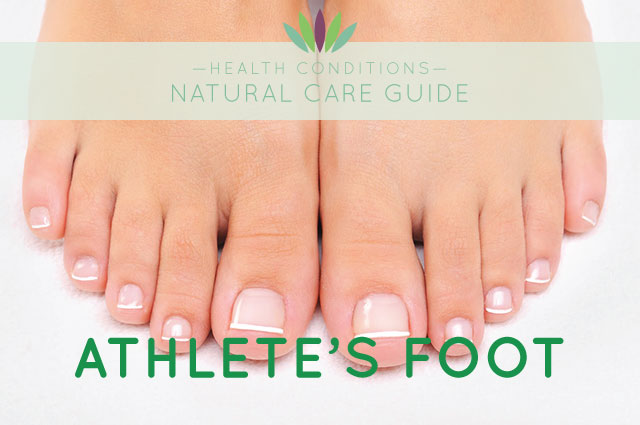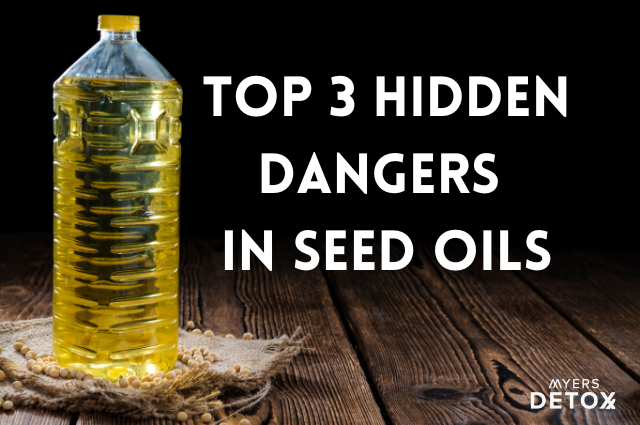Athlete’s foot is an infection of the feet caused by fungus. Also known as ringworm of the foot, the medical term is tinea pedis.
Symptoms
Symptoms include:
- Itching
- Burning
- Inflammation
- Blisters
- Cracked, scaly skin
Itching and burning increase as the infection spreads. Blisters can break, causing raw areas of tissue to swell and cause pain. Athlete’s foot can occur to the soles of the feet and the toenails if not treated. Avoid touching your feet and touching other areas of your body, you can infect other areas like the groin and underarms. The fungus can also contaminate bedding, towels or clothing.
Causes
Athlete’s foot is caused by a fungus named tinea. You can contract it by touching a person who already is infected or from animals — look for a patch of skin with no hair. While it is typically transmitted in moist communal areas where people walk barefoot, such as showers or gyms, the disease requires a warm moist environment, such as the inside of a shoe, in order to incubate. Because of this the fungus only affects approximately 0.75% of habitually barefoot people. Men are more likely to develop athlete’s foot. People with weakened immune systems are more likely to get athlete’s foot.
Conventional Treatment
Your doctor may recommend an over-the-counter antifungal medication in powder, lotion or spray. These include Terbinafine (Lamisil AT), Clotrimazole (Lotrimin AF) and Miconazole (Micatin). Be sure to use them for one or two weeks after the infection has disappeared to make sure that it doesn’t come back. If this treatment doesn’t work or if your infection is severe, you may get a prescription for an oral antifungal medication such as Itraconazole (Sporanox), Fluconazole (Diflucan), and Terbinafine (Lamisil).
Wendy’s Natural Recommendations
You really don’t need to take medications or use over-the-counter topical treatments. Many of these have harmful parabens and preservatives that are known hormone disruptors. They contain many other toxic ingredients. Tea-tree oil is all natural and will also clear up any kind of fungal infections, even severe infections that are resistant to systemic oral antifungals. See my other recommendations below:
Lifestyle
- Keeping your feet clean and dry.
- Expose your feet to fresh air and sunlight.
- Take off your shoes and expose your feet to the air when at home.
- Wear all cotton socks (no synthetics that don’t breathe).
- Change socks daily.
- Wash and dry your feet carefully (especially between the toes) after using a locker room or public shower.
- Avoid walking barefoot in public areas. Wear flip-flops or sandals.
- Throw away old trainers and exercise shoes.
- Never borrow other people’s shoes.
Supplements
- Tea Tree Oil. An excellent home remedy is tea tree oil. This works as well as or better than pharmaceutical antifungal products. Apply a light coating to the affected area two or three times a day, and continue to apply it for two weeks after signs of the infection have disappeared to make sure the fungus is eradicated. You’ll find tea-tree oil products at health-food and herb stores. Be sure to select brands that are 100 percent tea-tree oil.
- Grapefruit-seed extract. This extract has significant antifungal effects. It is available at health food stores. Apply the extract (full strength) two to three times a day to the affected area.
- Garlic. A clove or two of garlic to your food. Garlic has natural antifungal activity. You can eat it raw, cooked, or aged (fermented).
Food
- Sugar. Reducing sugar in your diet will reduce any fungal infection as fungus feeds on sugar.
This material is for educational purposes only. The preceding statements have not been evaluated by the Food and Drug Administration. This information is not intended to diagnose, treat, cure or prevent any disease.










